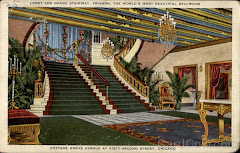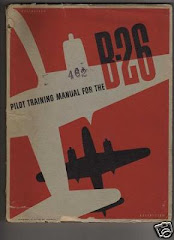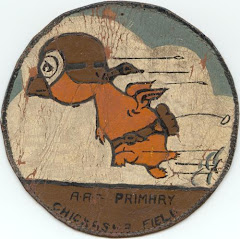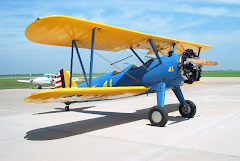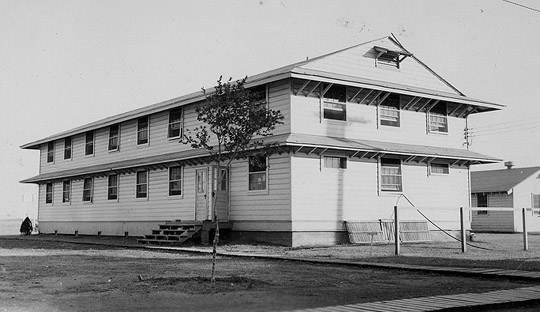During all our flight training classes the army had been giving us tests: physical tests, mental tests, psychological tests, emotional tests, intelligence tests. You name it, we took it, most of time more than once. They were also constantly observing us and taking notes for our files. All this helped them decide the answer to the question we’d all been waiting for – would we be bomber pilots or fighter pilots?
It was every guy’s dream to be a fighter pilot. They were the “glamour guys” of the war, the ones newspaper stories were written about and newsreels (movies) were made about. They flew lighter, faster planes and their mission was to attack the enemy and protect the bombers. They were what you call "Top Guns" today. You might say they had the ability to control destiny - theirs and that of the bomber crews.
Bomber pilots and crews were always in demand. They suffered more casualties than the fighter pilots who protected them from enemy attack while they were flying straight through all the anti-aircraft fire (ack ack). The bombers were not only bigger and heavier planes, they were loaded with tons of ammunition. Their mission was to follow orders - to hit specific targets.
So it's no surprise there were different qualities required for the fighter pilot and the bomber pilot. That's what all those tests had been sorting out. Fighter pilots were independent, bold, aggressive, cocky, fast moving, fast thinking and highly motivated. There was a certain recklessness and exhibitionism that was not only tolerated in a fighter pilot, it was necessary. They were risk takers and loners, they depended on no one but themselves. They flew alone and made their own split second decisions. Their job was to guard and look out for the bombers, anticipate attacks and protect bombers. If the enemy came after a bomber formation the fighters were to engage them before they reached the bombers.
Bomber pilots were picked for physical strength, solid dependable judgment, emotional stability, leadership skills and being able to develop a team that worked like clockwork and trusted each other. They had a crew they were responsible for as well as an airplane.
After we got our wings, we were given a 10 day leave before we had to report in to our next base. I went home to Nebraska with my family, which turned out to be enroute to my assignment to B-26 Transition School in Avon Park , Florida
I was going to be a bomber pilot.










